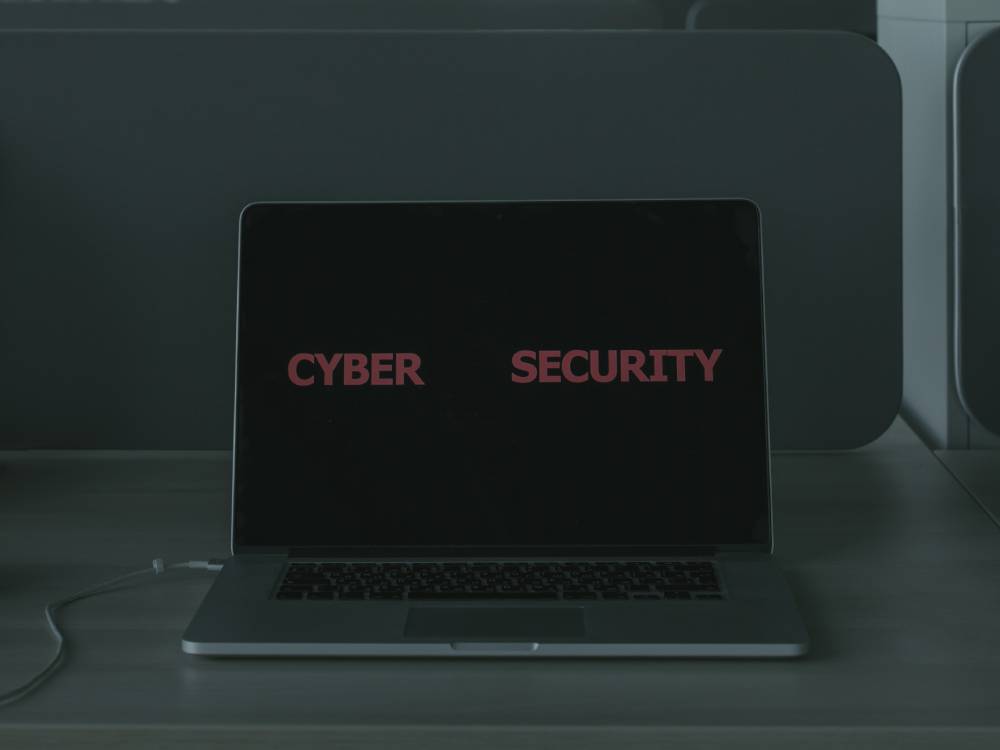In today’s digital age, it is essential that businesses of all sizes have a cybersecurity plan in place. Cyber threats can come from anywhere and at any time, putting your business’s data and customer information at risk. If you are a small business owner or solopreneur, you need to be aware of the risks of cyber threats and make sure you are taking steps to protect yourself. Let’s take a look at what steps you should be taking to ensure your business is secure.
Cyber Risk Assessment
The first step in ensuring that your business is protected from cyber threats is conducting a risk assessment. A risk assessment will help you understand exactly where your security vulnerabilities exist and how best to address them. The assessment should include an analysis of every aspect of your IT system, including hardware, software, networks, user access levels, and more. Once the assessment is complete, you can begin developing plans to protect against potential threats.

Data Security Practices
Once the risk assessment has been completed and you know where the potential risks lie, it’s time to create a comprehensive data security plan that outlines policies and procedures for protecting data within your organization. This plan should include measures such as limiting user access levels; implementing firewalls; encrypting data; using multifactor authentication processes such as passwords with PIN codes; using secure cloud storage solutions; regularly updating antivirus software; and setting up regular backups of crucial business files. These measures will ensure that in the event of a data breach or cyber attack, there is still an intact copy of important files that can be used to restore operations quickly and effectively.
Cybersecurity Training
In addition to having comprehensive security policies in place, another key element in any successful cybersecurity strategy is training staff on proper security protocols and procedures. Employees should receive regular training on topics related to cybersecurity so they can better identify suspicious activity or malicious emails that could potentially lead to a breach or other types of attacks on the system. Additionally, employees should also be trained on how to respond if they do encounter any suspicious activity online or via email so they know how best to mitigate any potential damage caused by such incidents.
It is essential for businesses of all sizes—especially small businesses—to have an effective cybersecurity plan in place that both protects their systems from outside threats while also educating their employees on best practices when using digital resources. By taking these steps now and staying ahead of potential risks before they arise, businesses can ensure their operations remain safe and secure while providing customers with peace of mind knowing that their personal information remains safe at all times.

